|
On July 1st 1898, the United States Army successfully seized the San Juan Heights in what has become popularly known as “The Battle of San Juan Hill”. The battle itself was a bit of a mess tactically, but when the American forces finally surged up the hill they swept over the Spanish Forces and seized the last strategic terrain outside of the city of Santiago. The most memorable unit involved in the days fighting was the First United States Volunteer Cavalry, alternatively known as the Rough Riders. The unit, commanded that day by Lieutenant Colonel Theodore Roosevelt, was a wide-ranging collection of cowboys, ranchers, lawmen, and Ivy Leaguers. Roosevelt used his influence to outfit his men with the best weapons the US was fielding at the time. While many other US Volunteer forces were still using black powder Trapdoor Springfield rifles, the Rough Riders were armed with bolt action 1896 Krag Carbines, m1895 lever actions and even two early machine guns. (Quick note: While the Rough Riders are the most famous, they often unfairly overshadow the regular Army units on the field that day. Some units in particular really distinguished themselves, including the famous 10th Cavalry and the 24th and 25th Infantry, all segregated “colored” units that don’t often get their proper due). No matter the quality of the American small arms however, they were still outclassed by the Spanish rifles. The Spanish Soldiers carried 7mm Model 1893 Mausers, one of the earliest commercial successful military rifles based on the Paul Mauser’s system. While a bolt action rifle like the Krag, was the superior system. Of particular note was the higher velocity of the round, and the ability to rapidly reload via “stripper clips” / chargers. American military and industrial minds were so enamored with the rifle that US designers liberally “borrowed” design features from the German-designed Mauser and incorporated them into the development of the newest American rifle, the Model 1903. So much so that they wound up getting themselves into legal trouble with zee Germans. This particular rifle bears the hallmarks of a m1893 that saw service in Cuba and was brought back to the states as war booty. The Berlin manufacture and 1894 production date put it at the right arsenal and date range. The condition points to service in a tropical climate, and the lack of an import mark means it came into the country either individually or before the 1960s. We also know that famous arms / surplus dealer Francis Bannerman bid on and won thousands of captured Spanish rifles after the war and sold them mail order all over the United States.
1 Comment
|
Jon K.Weapons collector, history buff, Army officer, Pug enthusiast. Archives
December 2020
Categories
All
|
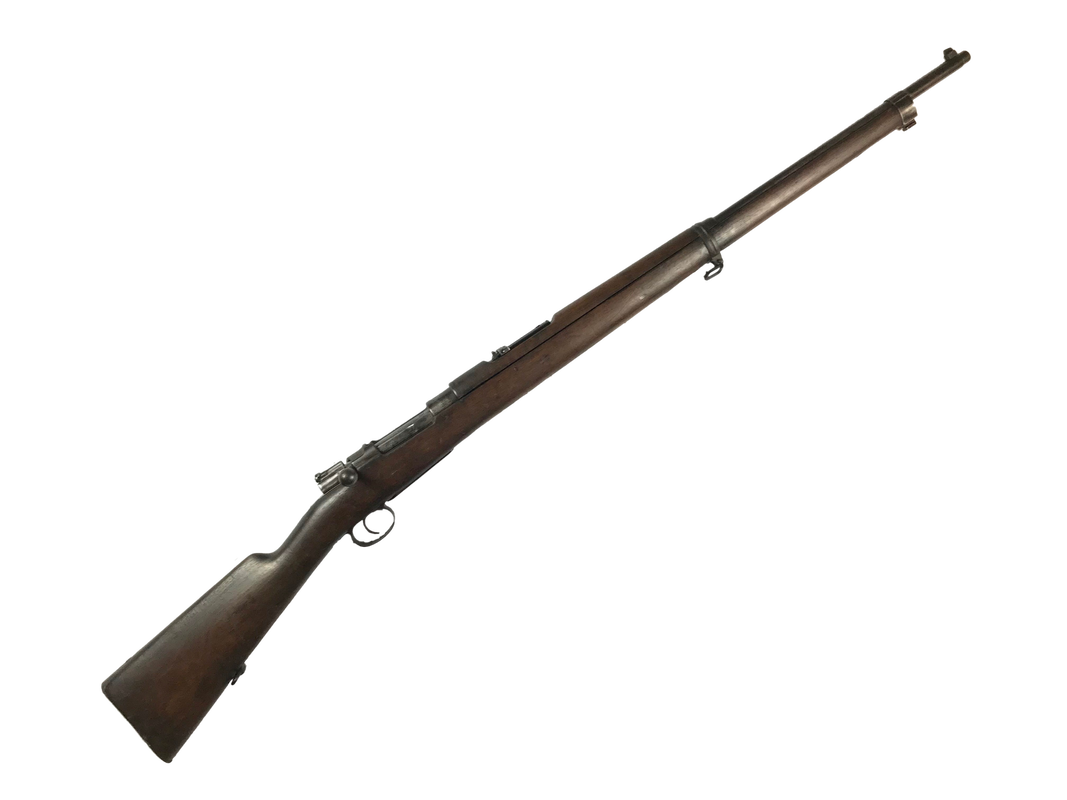
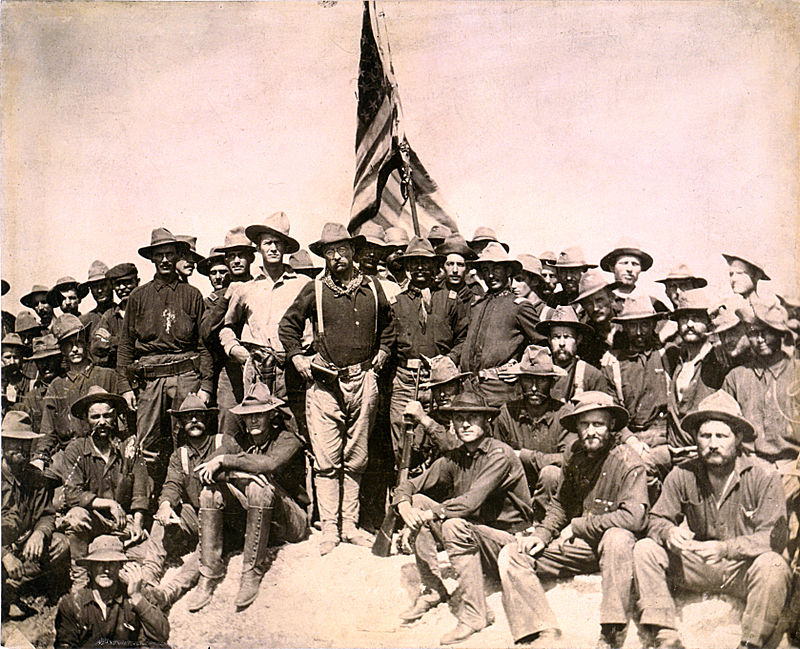
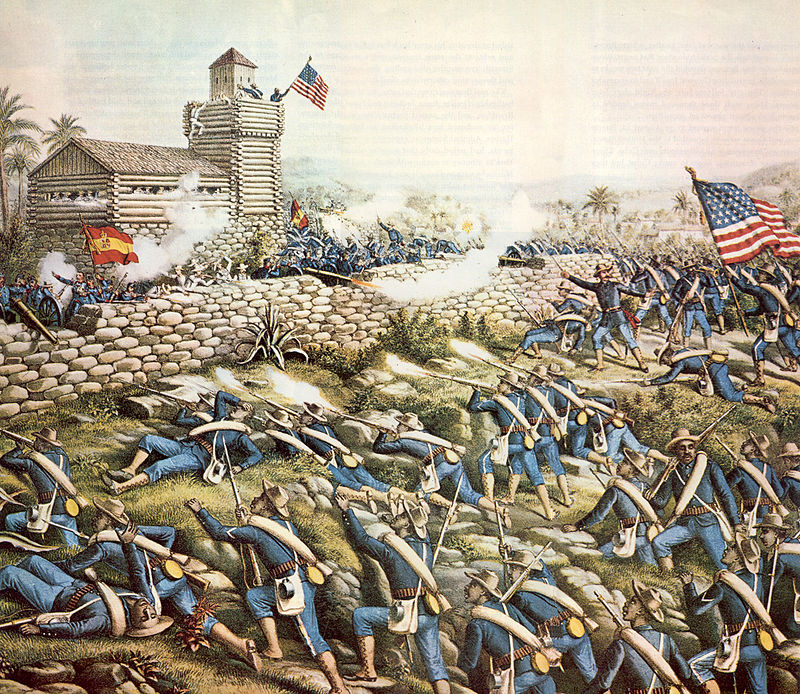
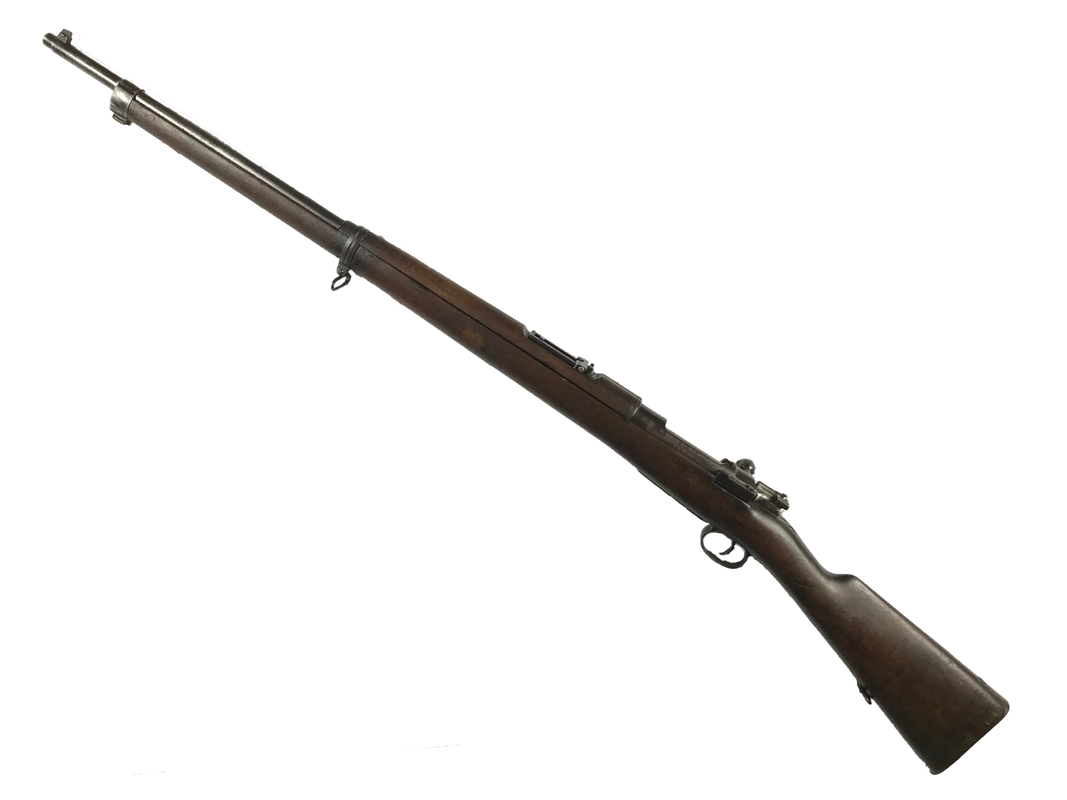
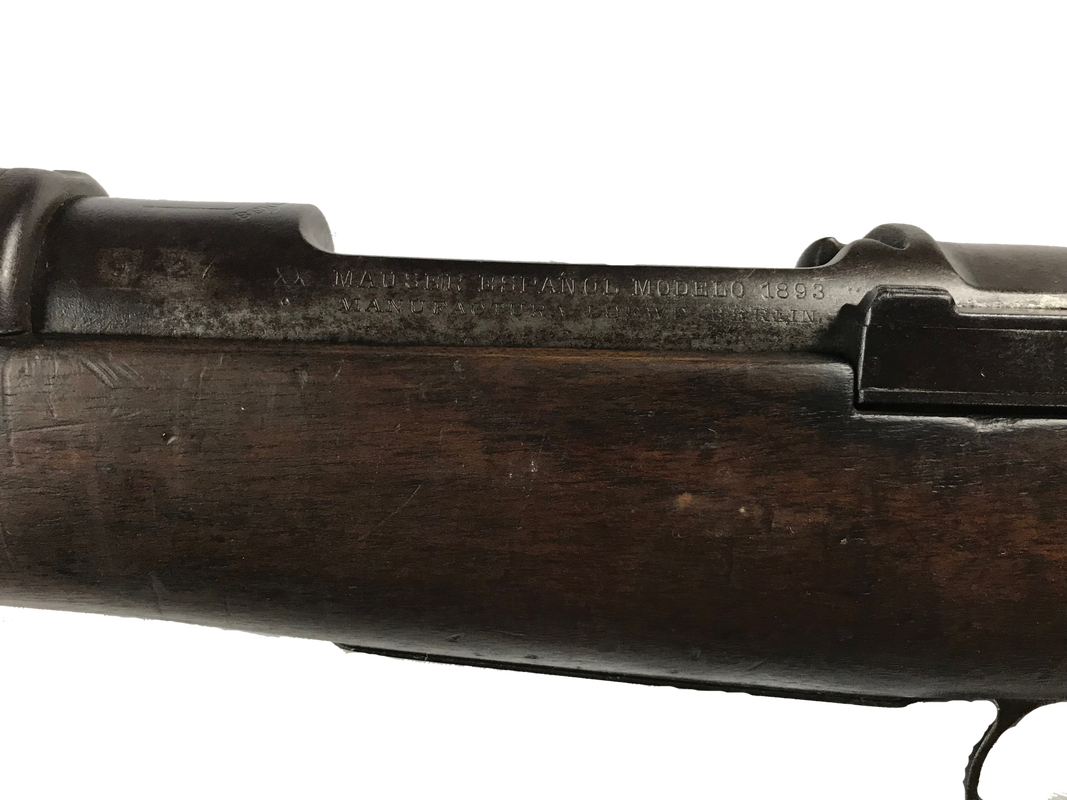
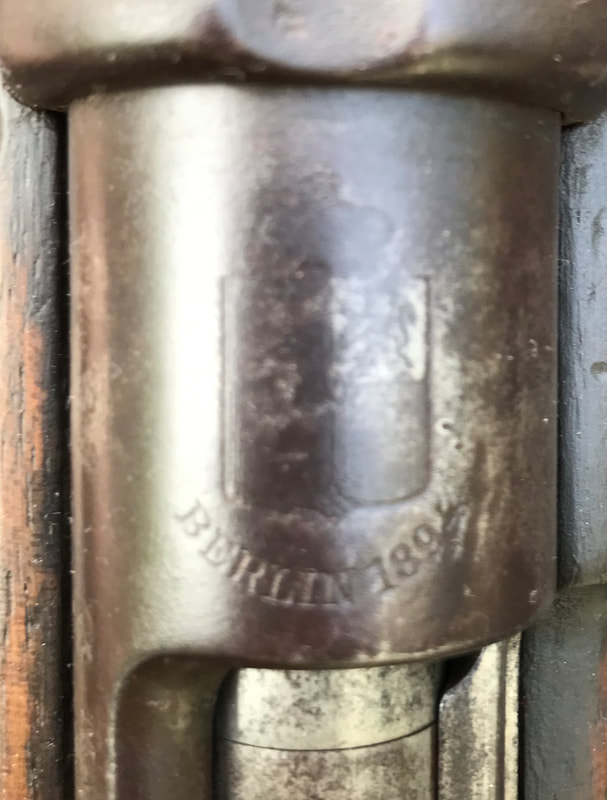
 RSS Feed
RSS Feed
